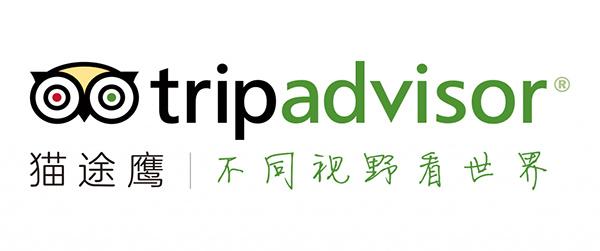
Royal Tea Garden in Wuyi Mountain, Fujian

The Wuyi Tea Garden is amazing in its construction, not purely because of the tea-fields themselves but also because the amazing imperial constructions built there during the ancient times, including the Renfeng Gate, Baifa Hall, Shenqing Hall, Sijing Hall, Yanjia Pavilion, Immortal Well, palaces and the "Shouting Mountain Terrace" and the "Shouting Mountain Temple" that rests on the mountain top.
English Name: Royal Tea Garden
Chinese Name: 皇家茶园
Opening Hours: 8:00-17:00
Best Time: June - October
Recommended Visiting Hours: 1 or 2 hours
Address: Royal Tea Garden Scenic Spot, Wuyishan City, Nanping City
Royal Tea Garden
The Wuyi Royal Tea Garden is located in Fujian Province’s Wuyi Mountain Range, and was the official supplier of tea to the imperial court during the Yuan and Ming Dynasties. In the Yuan Dynasty many officials were sent to Fujian Province and Wuyi Mountains to oversee the tea-making process and to ensure its quality, such was the importance of tea to the emperor. After years of refining the process the quality and flavor of the tea was finally perfected and after 1302 it became the only tea used by the imperial family and was even sent to Beijing.
Introduction of Royal Tea Garden
The Wuyi Tea Garden is amazing in its construction, not purely because of the tea-fields themselves but also because the amazing imperial constructions built there during the ancient times, including the Renfeng Gate, Baifa Hall, Shenqing Hall, Sijing Hall, Yanjia Pavilion, Immortal Well, palaces and the “Shouting Mountain Terrace” and the “Shouting Mountain Temple” that rests on the mountain top. When the Ming Dynasty absorbed the area around Wuyi including the Wuyi Tea Garden many of the buildings were damaged and had to be rebuilt, fortunately they were restored to even greater splendor and exist today for all tourists to see and enjoy.
The Wuyi Mountains have a long history of tea cultivation. The four most widely known varieties of Wuyi rock-essence tea are referred to as the Si Da Ming Cong (‘Four Great Cultivars’) teas: Da Hong Pao (‘Big Red Robe’), Tie Luo Han (‘Iron Arhat’), Bai Jiguan (‘White Cockscomb’), and Shui Jin Gui (‘Golden Water Turtle’). The Lapsang souchong also originates from the area.
The Best Time to Visit Wuyi Mountain
June–October is the best time to visit Wuyi Mountain. It is open year-round, but visitors can best enjoy the many wonders of nature during warm, dry days. Xiamen is subject to monsoon rains between June and September. During this period, the plants glow well and river is fuller.
How to Get There
- The nearby airport of Nanping Wuyishan gives visitors direct access to the town and park. Visitors can take a taxi from the airport to the city of Wuyishan, the distance being just 9 kilometers. Taxis charge 10 yuan for the first 5 km and then 2 yuan for every additional kilometer.
- Several trains connect the park from the cities of Xiamen and Fuzhou, as well as G trains from Beijing and Shanghai.
Useful Travel Tips
- A public bus operates inside the park (number 6), but most of the important sites are within walking distance of one another.
- Whether you’re interested in hiking, boating, bird watching, tea estates, waterfalls, cultural heritage sites, or simply want to explore a beautiful, pollution-free part of China, the Wuyi Mountain range offers something for everyone.
- The ticket price in the peak season (March to November) is reduced from 160 yuan to 140 yuan, and in the off season (December to February) is reduced from 160 yuan to 120 yuan (valid within 3 days)
- Take bus Wuyishan No.5 to the south entrance station of the scenic spot, and walk there.
- From March 1 to October 31 (summer), 06:30-18:00; from November 1 to February 29 (winter), 07:00-17:00; special: the garden is closed for half a day at 14:00 on Lunar New Year’s Eve, only open in the morning.
Recommended Wuyi Mountain Tour
- 3 Days Wuyishan Tour
- 4 Days Wuyishan Tour
- 5 Days Fujian Highlights Tour with Fujian Tulou and Wuyishan Mountain
Main Attractions in Fujian Province
- Longchuan Grand Canyon
- Water Curtain Cave
- Jiuqu Stream
- Wuyi Mountains
- Qingjing Mosque
- Lingshan Mountain Park
- The Islamic Holy Tombs
- Kaiyuan Temple
Edited by Lynette Fu/付云锐











